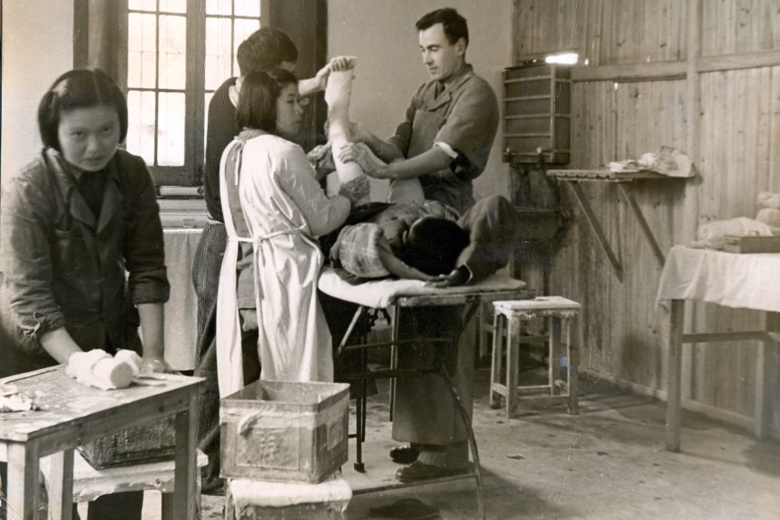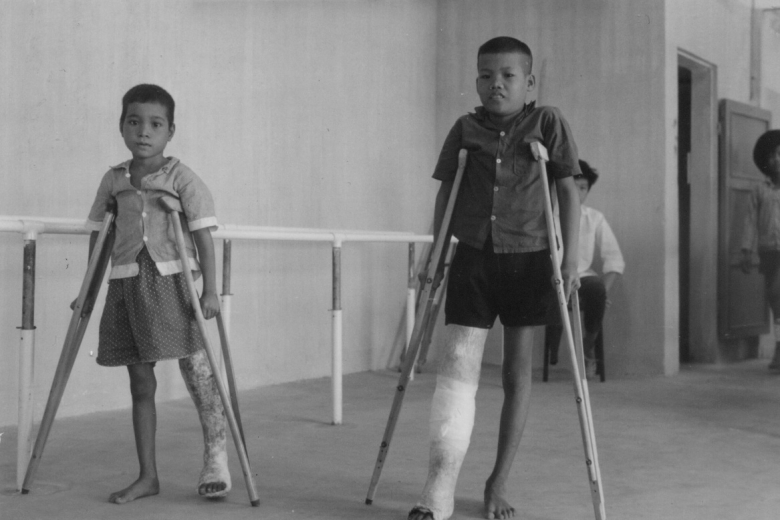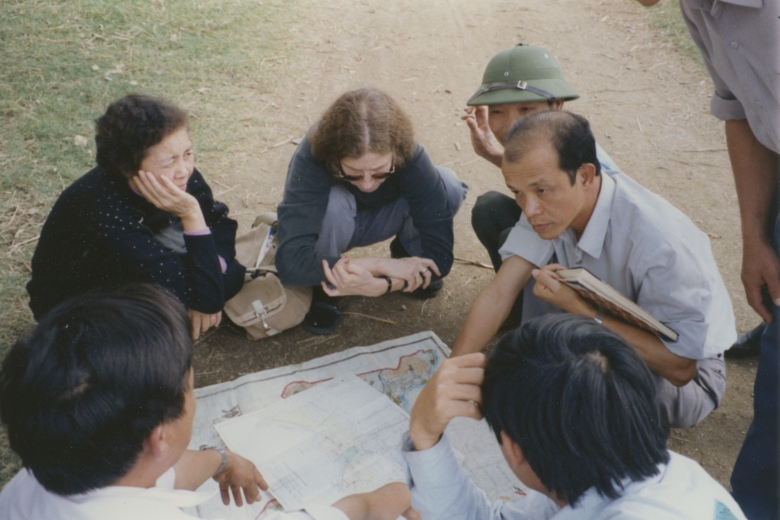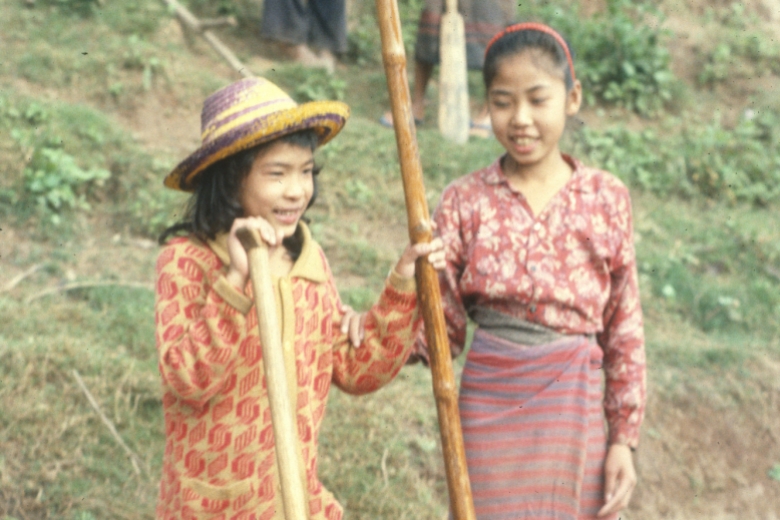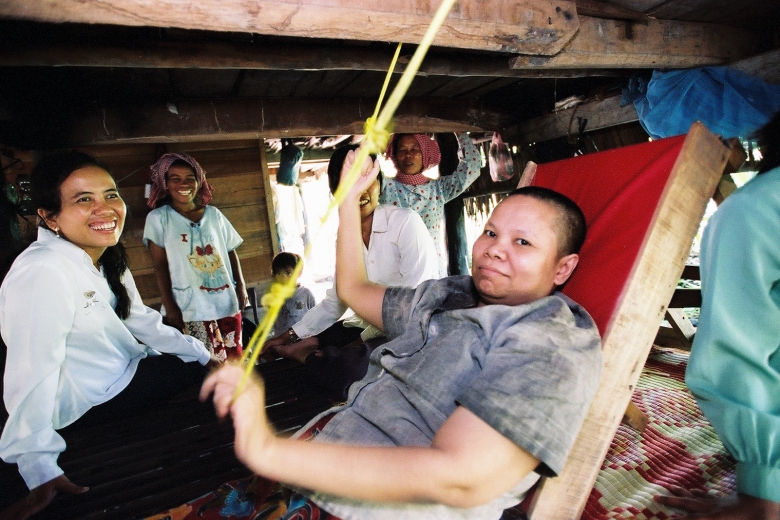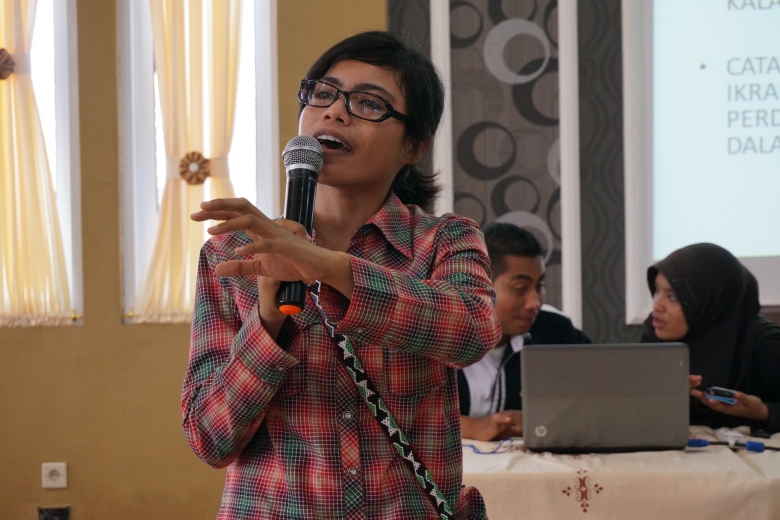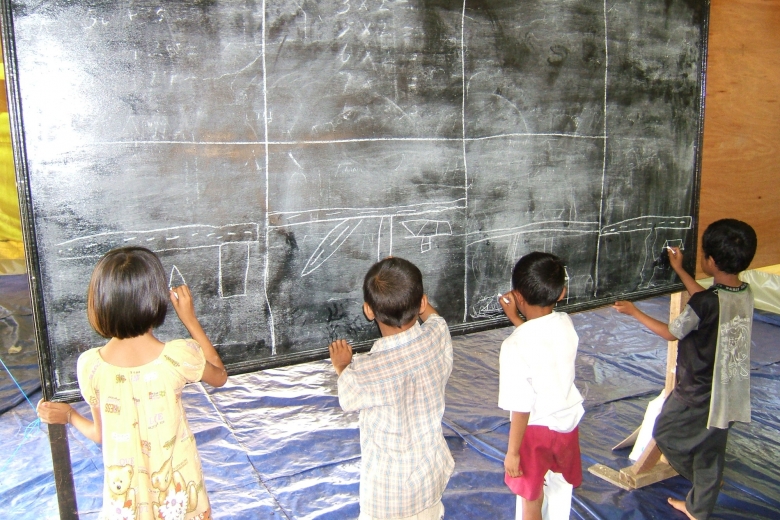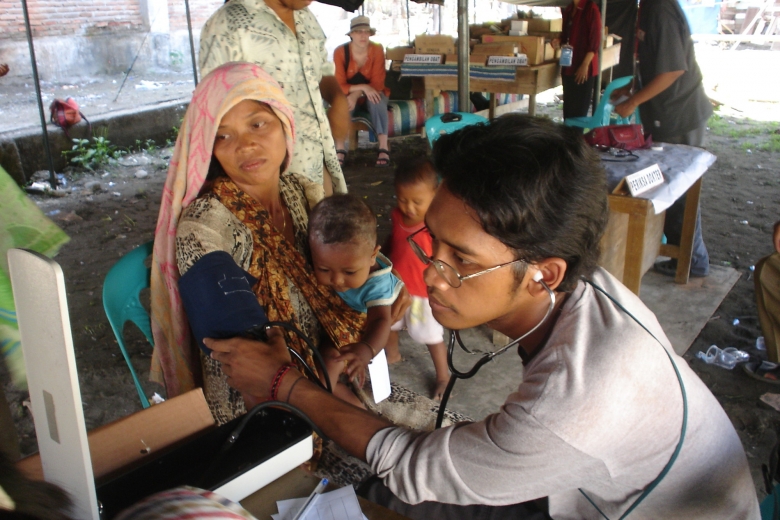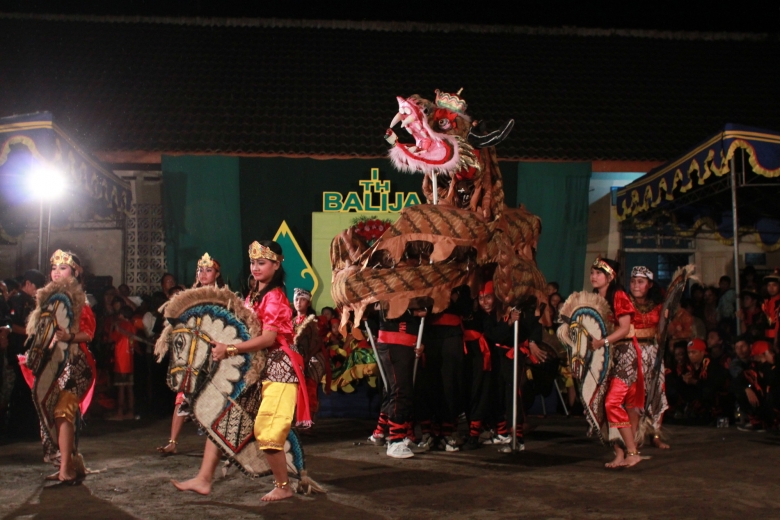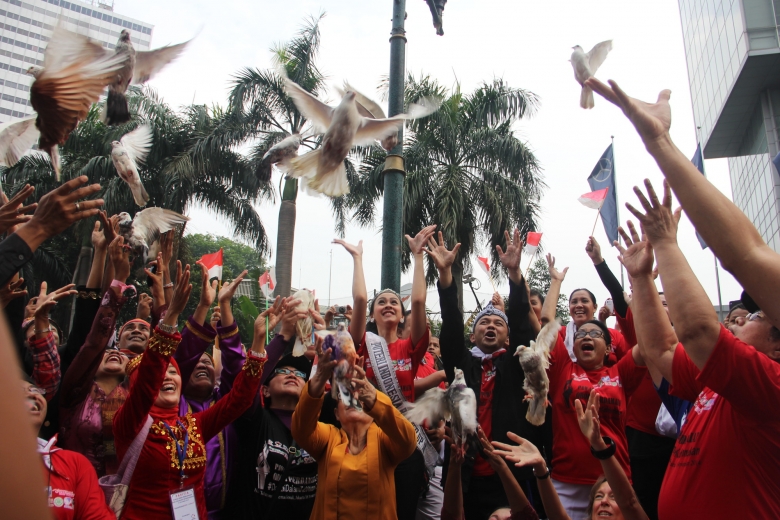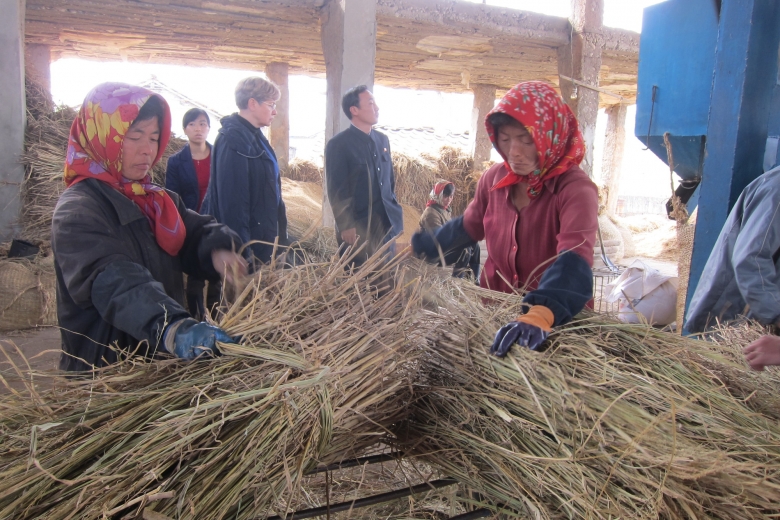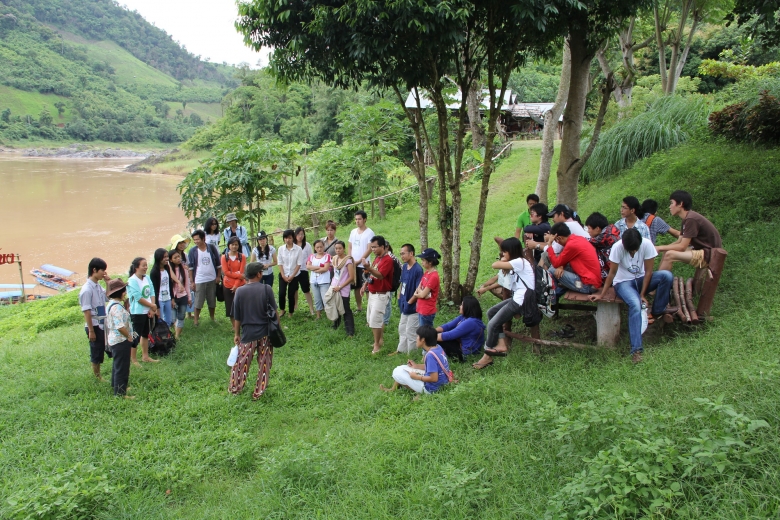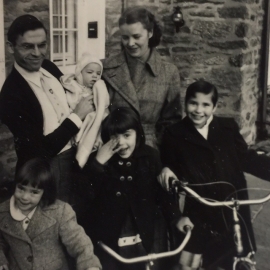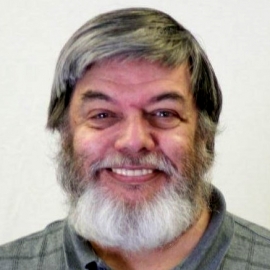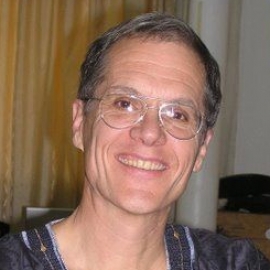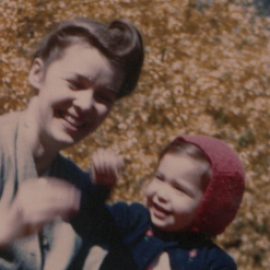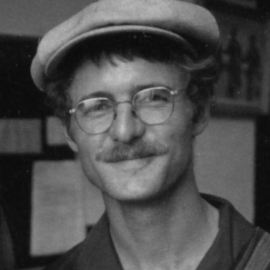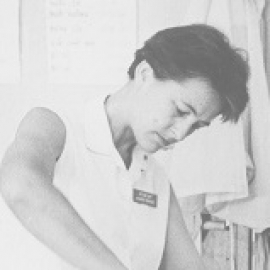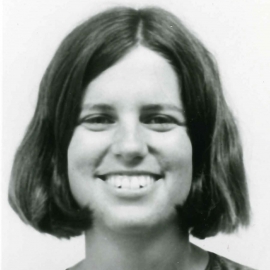For decades in Asia, AFSC has worked to foster understanding and reconciliation and alleviate the suffering resulting from war and disaster. AFSC began working in China in World War II, training people in affected communities to provide emergency care through the Friends Ambulance Unit. When war devastated countries in Southeast Asia, AFSC responded with humanitarian relief to people on all sides of conflict and supported community-led efforts to build peace in Vietnam, Cambodia, and other Mekong region countries.
Today, AFSC continues to open doors and connect people in Asia. We build international cooperation with China by promoting conflict-sensitive development, partnering on research to build peace, and other efforts. We provide resources and technical assistance to teachers in Myanmar and farmers in North Korea. In Indonesia, where extremism threatens religious and gender minorities, AFSC assists young organizers and others working for tolerance and inclusion. And across the region, we continue to create opportunities for reconciliation and hope.


